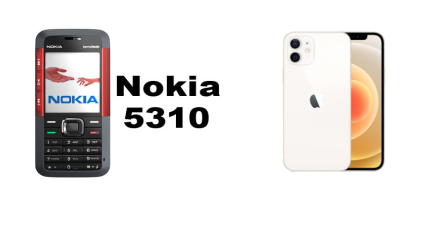描述变化的类题型是雅思口语考试里的常客,例如在雅思口语part3里考生们经常会被问到某件事物或者某种特定的社会现象现在与以前的区别,常见的时间跨度有比较现在与20,30年前的区别,或者比较现在与父母年轻时、祖父母年轻时的区别。例如:How are the eating habits now in your country different from eating habits in the past? Are the types of leisure activities that are popular today the same as those that were popular when your parents were young? 大部分时候,学生能很快速的想到用比较级来表示对比。但是除了笼统地回答一些“bigger,better,happier”,很难有别的思路并且句式单一。那么现在就来介绍一个很有效的对比工具“while”!
(一) 讲解:while的常见用法 —— 表时间
While在表示时间的时候可以引导时间状语从句,while在这里表示“当…的时候”或者“与此同时”,可以放在主句前或者主句后,不需要加逗号。例如:While the kids were having a nap, the mom could have a relaxing bath. (孩子们正在小睡的时候妈妈可以泡一个放松的澡—与此同时)以及I remembered I had forgotten to buy stamps while I was just going out of the post office. (从邮局出来的时候,我想起来我忘记买邮票了—当…的时候)。
While还可以作为名词表示一段时间,需要注意这个时间长度是不确定的。例如,在The oven takes a while to heat up这个句子里,while表示几分钟,是一段较短的时间;而在句子It took her a while to adjust to living alone里,while可能是几个星期,指代一段较长的时间。
(二) while表示对比 —— contrast
除了表达时间,While还可以被用来去引导一些与主句里所陈述的相反的信息。在英式英语里,while也会被写成whilst,但这种写法在美式英语里很少见。在表示“对比”的意味时,While既可以放在主句之前,也可以放在主句之后。但是与表达“时间”时不同,在表示对比两种事实的时候,句子中必须要加上逗号。
Before main clause(在主句之前):
While land temperatures are measured by the temperature of air about a meter above the earth surface, ocean temperatures are measured by the temperature of water. 陆地的温度以地标一米以上的空气温度来测量,海洋温度由水温测量。(more common)
After main clause(在主句之后):
Land temperatures are measured by the temperature of air about a meter above the earth surface, while ocean temperatures are measured by the temperature of water. (less common)
可以看到在以上的例句中,并没有对于时间的表达,只是单纯的在比较陆地温度和海洋温度测量方法的不同。同样,在以下这个句子中:
While Japanese politicians and corporations are enthusiastic about nuclear power, the Japanese people are very allergic to anything nuclear, particularly after they experienced several very dangerous nuclear accidents in the last several years in their own nuclear facilities. (日本的政客和企业都对核能很狂人,日本的民众却极其讨厌任何与核有关的事物,尤其是近几年在他们本国的核设施内经历了数次非常危险的核事故之后。)While的出现并没有与任何的时间信息相关联,只是在对比日本民众和日本政客对于核能力的不同态度。
(三) 将while用在变化类话题中进行对比论证
上面已经提到过雅思P3给出的时间跨度是一个很长的范围,所以只是简单地去将变化概括成“bigger”,“better”会显得太过单调。这里可以通过用现在完成时+比较级来提高语法的多样性,例如:“The streets have become much noisier these days”。还有一个比较好的开头就是用“more and more”句型来提示一种整体趋势,例如:“Now more and more city adults spend their leisure time trying to improve themselves at school or college.”。在描述完变化之后就可以用我们一直提到的“while”来提示对比信息。那么现在用以上所讲到的谈整体趋势+用while提示对比信息的方式来回答一个变化类题型;How are mobile phones now different from phones in the past?

整体趋势: More and more functions are integrated to mobile phones.
对比信息: While Nokia 5310 uses small screens and physical keyboards, iPhone 12 features full-view display with on-screen virtual keyboard.
接下来这个结构运用到雅思P3真题里,例如:Are the types of leisure activities that are popular today the same as those that were popular when your parents were young?
整体趋势:In my opinion, outdoor recreational activities have apparently become less popular these days.
对比信息:while my parents are purely outdoor pursuits, I normally choose to stay home when I’ve got day offs.
除了在变化类题型中,while也可以用在偏好类题型中表对比。例如在What’s the difference between service in big shops and small shops? 这个题目中就可以用while引出big shops和small shops的不同。在各类不同的口语题型中,对比论证是一个既简单又有效的论证方式。使用对比论证可以增强论点的说服力以及可以增加口语表达的丰富度。但是需要谨记,口语的表达想要地道、出彩、拿到理想的分数,更需要的还是多多积累语料,将自己的答案更细节化具体化。